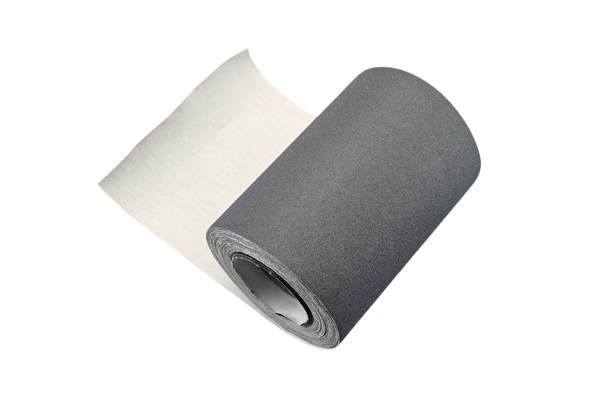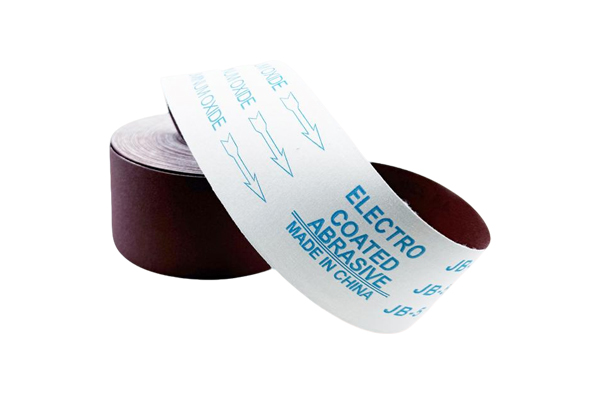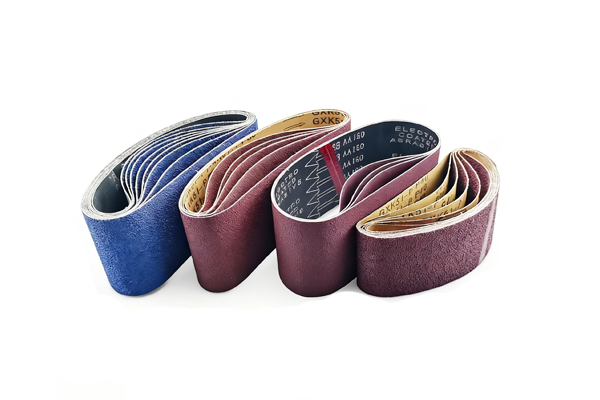PRODUCTS
Silicon Carbide Floor Sanding Discs
- Product ID:
- Size: 6‘’ - 8‘’
- Material Science: Silicon Carbide
- INQUIRY

The base material is made using a strong fiber paper impregnated with resin, combined with silicon carbide abrasives, which is resistant to high temperature and tearing, and suitable for high-speed grinding. It has better wear resistance than ordinary sandpaper, long service life, and reduces the frequency of replacement. The fiber base has good flexibility and high flatness, with small vibration during grinding allowing more precise operation.
Used with a floor sanding machine the large diameter floor sanding discs (14 inch+) give more material removal and are excellent for general refinishing of large area surfaces of hardwood, engineered wood, and other flooring surfaces.
The smaller sized (5-7 inch) edge floor sanding discs (also sometimes known as fiber discs) are used with an edge sander for edges and corners of the hardwood, engineered wood, and other flooring surfaces
We can offer fast delivery and customized services with our manufactured product having 20%-40% lower pricing than European and American manufactured brands through our large-scale manufacturing ability and lower-cost supply chains. When exporting to Southeast Asia, the Middle East and other nearby regions, freight costs are lower than American and European manufactured brands.
PRODUCTS
News
Contact Us
Contact: Kamel Abrasives
Phone: +86 13663827325
Whatsapp: +86 13663827325
E-mail: sales@kamel.com.cn
Add: High Technology Area, Zhengzhou, Henan, China




